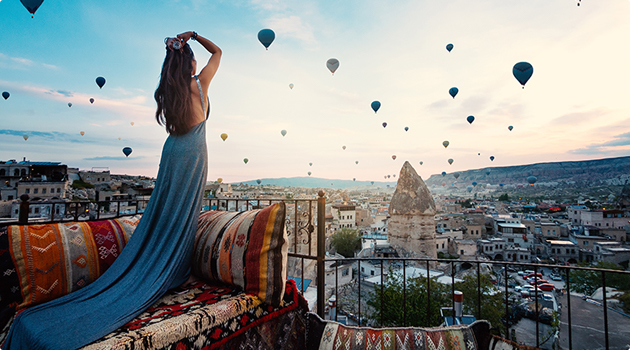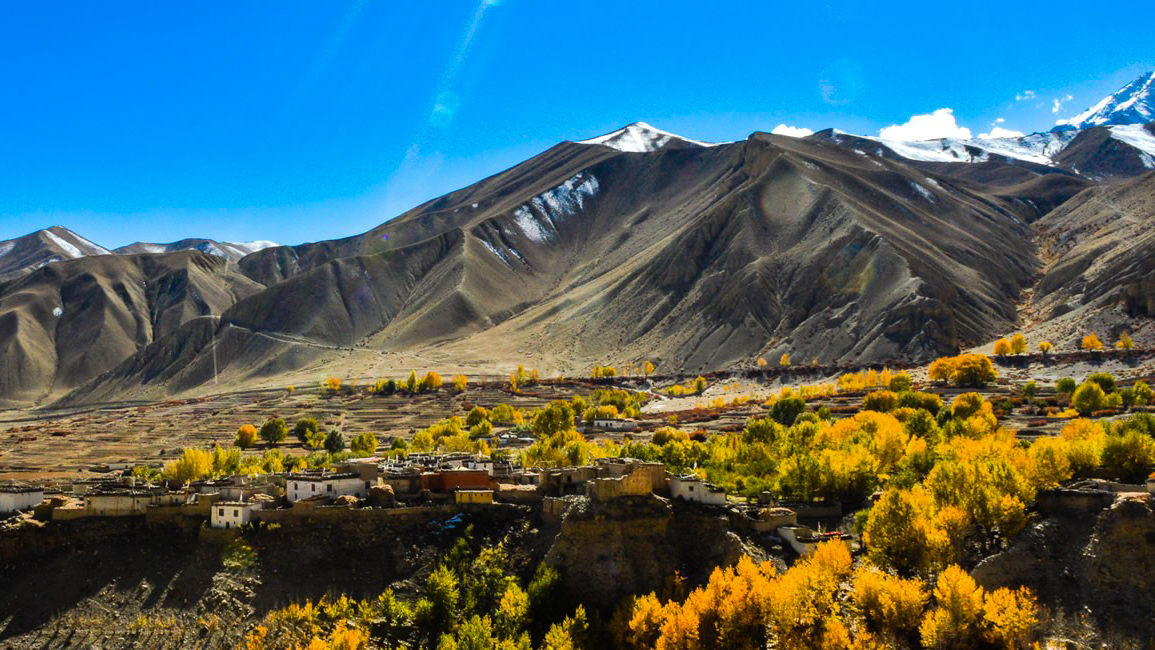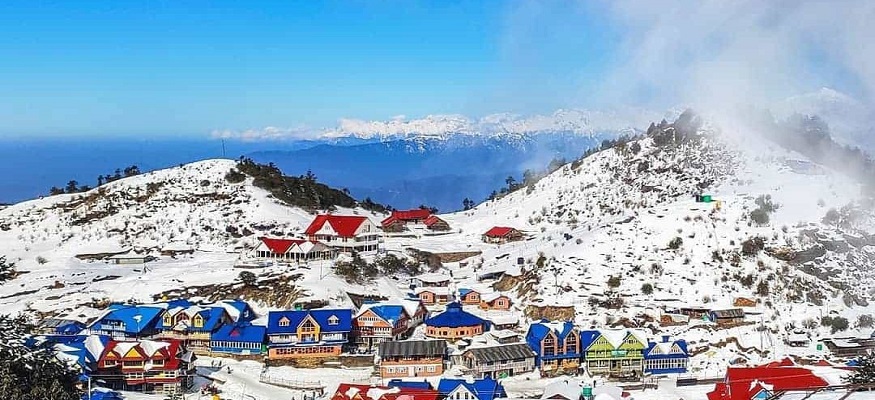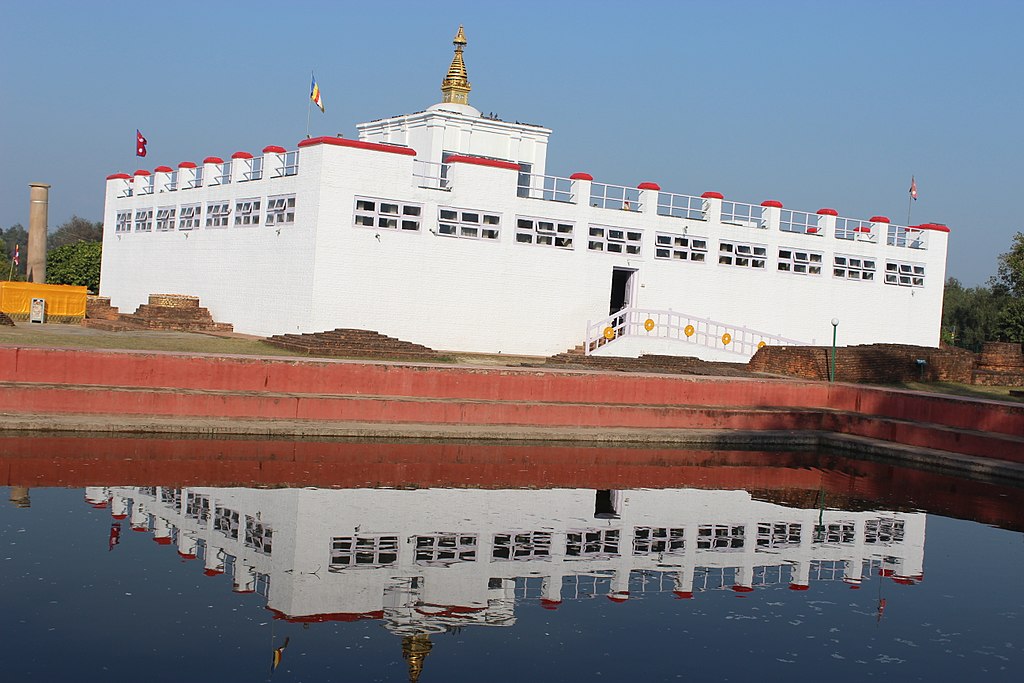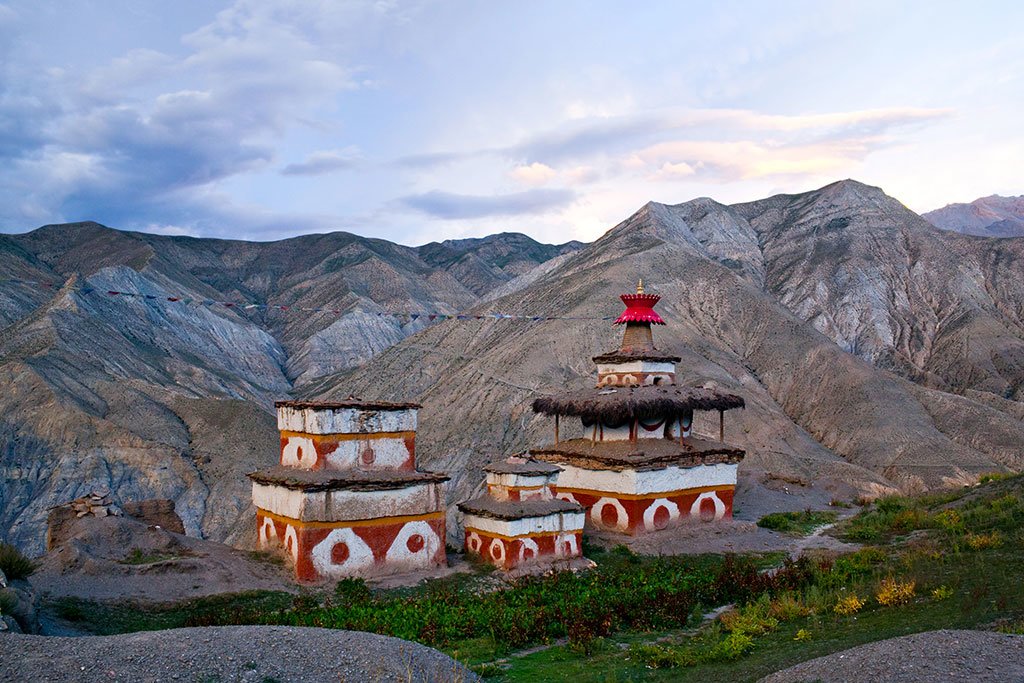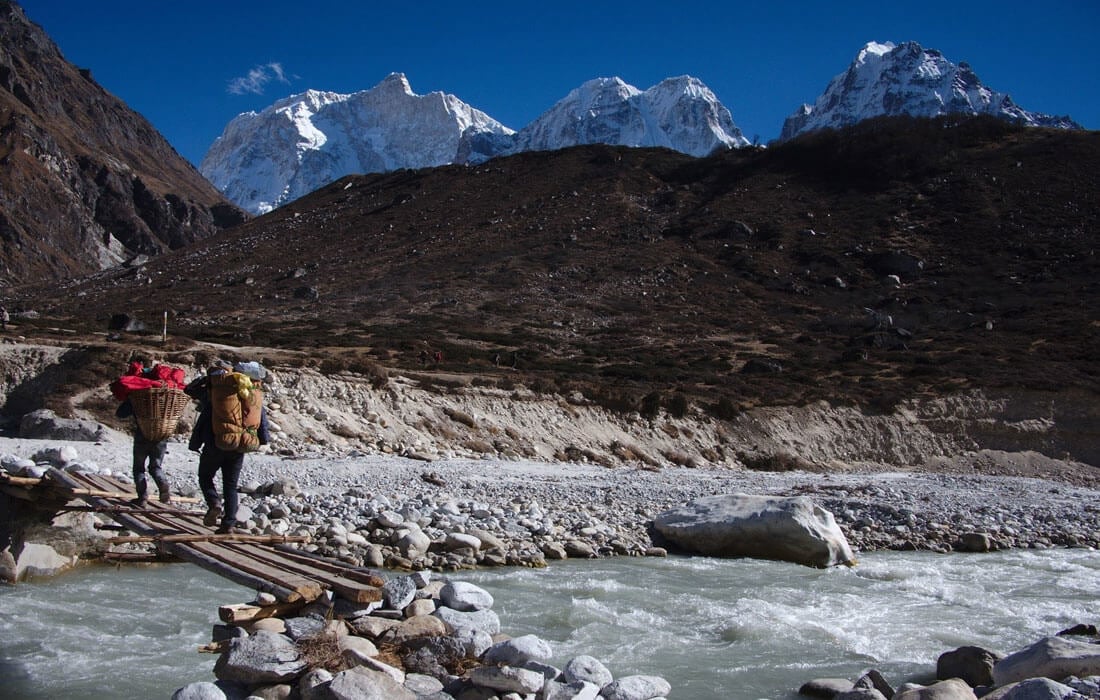 About this Trip
About this Trip
The Khopra Ridge Trek represents a perfect balance of accessibility and wilderness, offering what many experienced guides consider the ideal alternative to Nepal's more commercial trekking routes. What sets this trek apart is its remarkable ability to deliver world-class mountain scenery and authentic cultural experiences while maintaining a sense of discovery that has become increasingly rare on popular Himalayan trails.
The trek follows a thoughtfully designed route that maximizes landscape diversity while avoiding the heavier foot traffic of the classic Annapurna circuits. Beginning in traditional farming communities, the trail ascends gradually through changing ecosystems before reaching the dramatic high ridges that form the journey's centerpiece. This progression creates a natural narrative arc, with each day revealing new perspectives and increasingly spectacular mountain panoramas that culminate in the breathtaking views from Khopra Ridge itself.
The cultural dimension of this trek holds special significance for travelers seeking authentic encounters. Villages along the route maintain traditional agricultural practices, architectural styles, and cultural observances largely unaffected by mass tourism. The community lodge initiative that supports this trek ensures that tourism benefits flow directly to local communities, creating a more equitable relationship between visitors and hosts. This model has helped preserve cultural authenticity while providing economic opportunities that reduce outmigration from these mountain communities.
Physically, the trek presents a satisfying challenge without requiring extreme endurance or technical skills. The trail gains significant altitude through daily climbs that reward effort with increasingly expansive views. The optional day hike to Khayer Lake adds a more demanding high-altitude component for those seeking additional adventure, while the main route remains accessible to reasonably fit trekkers with proper acclimatization. This flexibility in difficulty makes the journey adaptable to different fitness levels and ambitions.
Perhaps most distinctively, the Khopra Ridge trek offers what many consider the perfect balance between comfort and wilderness experience. The community lodges provide basic but comfortable accommodation with proper beds, hearty meals, and welcoming atmospheres, eliminating the need for camping equipment while maintaining an authentic mountain atmosphere far removed from the relative luxury of teahouses on more commercial routes. This balance creates a journey that feels like a genuine adventure without unnecessary hardship.
This combination of spectacular scenery, cultural richness, physical reward, and relative solitude creates what many experienced Nepal trekkers describe as the perfect "Goldilocks" trek—not too easy, not too difficult, and offering the essence of the Himalayan experience without the crowds that now characterize many of the region's most famous routes.
The Khopra Ridge Trek represents a perfect balance of accessibility and wilderness, offering what many experienced guides consider the ideal alternative to Nepal's more commercial trekking routes. What sets this trek apart is its remarkable ability to deliver world-class mountain scenery and authentic cultural experiences while maintaining a sense of discovery that has become increasingly rare on popular Himalayan trails.
The trek follows a thoughtfully designed route that maximizes landscape diversity while avoiding the heavier foot traffic of the classic Annapurna circuits. Beginning in traditional farming communities, the trail ascends gradually through changing ecosystems before reaching the dramatic high ridges that form the journey's centerpiece. This progression creates a natural narrative arc, with each day revealing new perspectives and increasingly spectacular mountain panoramas that culminate in the breathtaking views from Khopra Ridge itself.
The cultural dimension of this trek holds special significance for travelers seeking authentic encounters. Villages along the route maintain traditional agricultural practices, architectural styles, and cultural observances largely unaffected by mass tourism. The community lodge initiative that supports this trek ensures that tourism benefits flow directly to local communities, creating a more equitable relationship between visitors and hosts. This model has helped preserve cultural authenticity while providing economic opportunities that reduce outmigration from these mountain communities.
Physically, the trek presents a satisfying challenge without requiring extreme endurance or technical skills. The trail gains significant altitude through daily climbs that reward effort with increasingly expansive views. The optional day hike to Khayer Lake adds a more demanding high-altitude component for those seeking additional adventure, while the main route remains accessible to reasonably fit trekkers with proper acclimatization. This flexibility in difficulty makes the journey adaptable to different fitness levels and ambitions.
Perhaps most distinctively, the Khopra Ridge trek offers what many consider the perfect balance between comfort and wilderness experience. The community lodges provide basic but comfortable accommodation with proper beds, hearty meals, and welcoming atmospheres, eliminating the need for camping equipment while maintaining an authentic mountain atmosphere far removed from the relative luxury of teahouses on more commercial routes. This balance creates a journey that feels like a genuine adventure without unnecessary hardship.
This combination of spectacular scenery, cultural richness, physical reward, and relative solitude creates what many experienced Nepal trekkers describe as the perfect "Goldilocks" trek—not too easy, not too difficult, and offering the essence of the Himalayan experience without the crowds that now characterize many of the region's most famous routes.

From $0
Price Varies from Group Size
Success
Here goes about why the success toast occurred.
 Itinerary
Itinerary
Arrival in Kathmandu (1,400m)
Kathmandu to Pokhara (820m)
Pokhara to Ghandruk (1,940m)
Ghandruk to Tadapani (2,630m)
Tadapani to Dobato (3,460m)
Dobato to Khopra Ridge (3,660m)
Khopra Ridge - Day hike to Khayer Lake (4,500m) - Khopra Ridge
Khopra Ridge to Swanta Village (2,200m)
Swanta Village to Ghorepani (2,840m)
Ghorepani to Poon Hill (3,210m) to Hile (1,430m)
Hile to Nayapul to Pokhara
Pokhara
Pokhara to Kathmandu
Departure from Kathmandu
 Services
Services
Includes
- Specialized bilingual guide familiar with the Khopra Ridge region
- Private Transport where applicable
- Tourist bus/flight between Kathmandu and Pokhara
- Daily meals on the trek: breakfast, lunch, and dinner
- Services of an experienced guide and porter during the trek
- All essential trekking permits, including ACAP (Annapurna Conservation Area Permit) and TIMS
- Accommodation throughout the trek (community lodges and teahouses)
Excludes
- Additional accommodation due to weather delays or personal preference
- Comprehensive travel and medical insurance for the trek
- Gratuities for the guides, porters, and trekking support staff
- International flights and entry visa fees for Nepal
- Personal trekking equipment and gear (sleeping bags, jackets, etc.)
- Extra food and drinks beyond the standard meals provided
- Hot showers and battery charging at lodges (pay per use)
- Activities in Pokhara (boating, paragliding, etc.)
 Good to Know
Good to Know
Prepare physically with cardio and leg-strengthening exercises before your trek, as some days involve significant ascent. While community lodges are clean and comfortable, they are more basic than teahouses on popular routes; bringing a good quality sleeping bag is essential for comfort on colder nights. Pack layers for temperatures ranging from mild in lower regions to potentially below freezing at Khopra Ridge and during the Khayer Lake excursion. Water purification tablets or filters are essential as bottled water is not available at higher elevations. The trek requires proper acclimatization—never rush the ascent if experiencing altitude symptoms, especially when planning the optional Khayer Lake excursion. The relative remoteness means medical facilities are limited; bring a comprehensive first aid kit and consider evacuation insurance. Cell phone coverage is intermittent throughout the trek, with better connectivity at Ghandruk and Ghorepani than at Khopra Ridge. Pack responsibly and minimize waste as trail maintenance depends on local community efforts.
Wildlife Encounters
While trekking, keep an eye out for:
Himalayan tahr and goral (mountain goats), Barking deer in forested sections, Himalayan langur monkeys, Various pheasant species including the colorful Danphe (Nepal's national bird), Lammergeier (bearded vulture) and Himalayan griffon soaring above ridges, Eagles and kestrels hunting in alpine meadows, Over 400 bird species in the general region, Numerous butterfly species, particularly in lower forested sections in spring, Pikas (small rabbit-like mammals) in rocky higher sections, Occasional glimpses of leopard tracks (though actual sightings are extremely rare)
 Reviews
Reviews
 FAQs (Frequently Asked Questions)
FAQs (Frequently Asked Questions)
Your queries are answered.
What are community lodges?
Collectively owned by local villages, with profits supporting community development projects. Simpler than commercial teahouses but clean and authentic.
When is the best time to trek?
October-November (clearest views) or March-May (rhododendron blooms).
How demanding is the trek?
Moderate to challenging with 4-7 hour daily hikes. Good fitness is needed, especially for Khayer Lake excursions.
Is Guide necessary?
Highly recommended as trails are less clearly marked than popular routes.
Do we require permits?
ACAP permit ($30) and TIMS card ($10).
What is the Accommodation quality?
Basic but clean community lodges in remote areas; standard teahouses in Ghandruk and Ghorepani. Bring your own sleeping bag.
How difficult is the Khayer Lake side trip?
Challenging 7-8 hour round-trip with 800-900 m elevation gain at high altitude. Not recommended for anyone with altitude symptoms.
How about WiFi/phone connectivity?
Available in Ghandruk and Ghorepani, limited to non-existent at Khopra Ridge.
Is Extra budget needed?
About $10-15 per day for hot showers, charging, and extra snacks/drinks.
